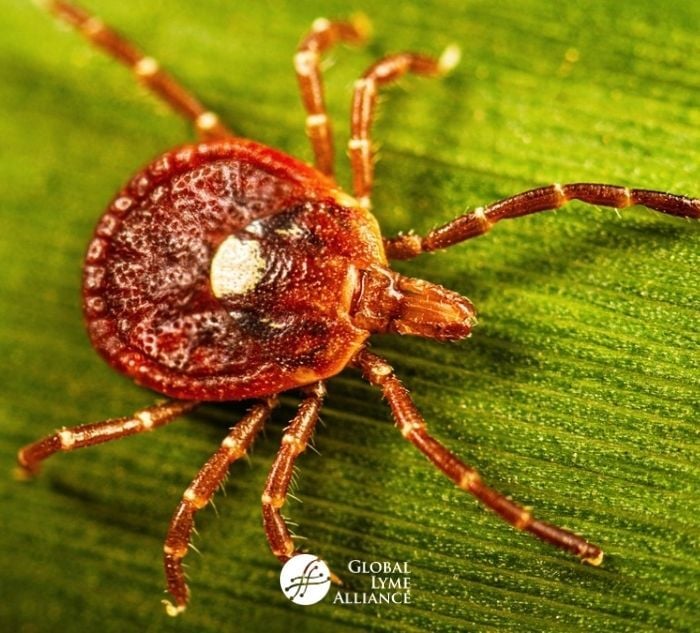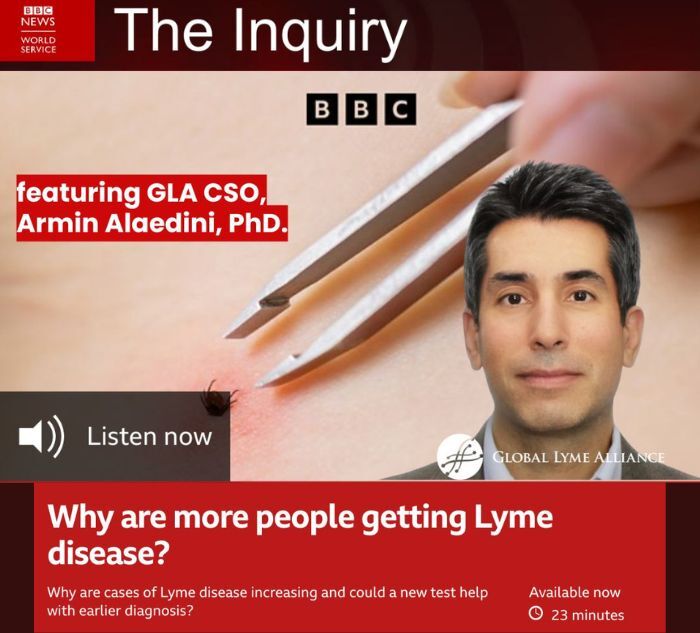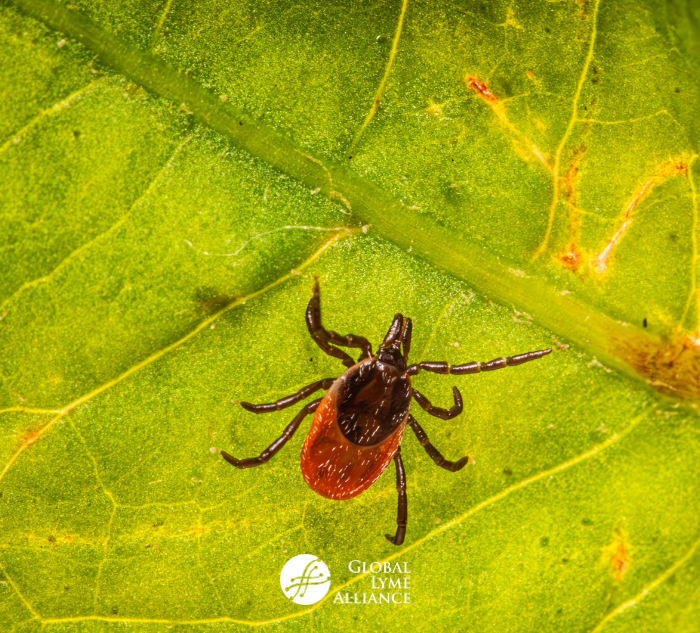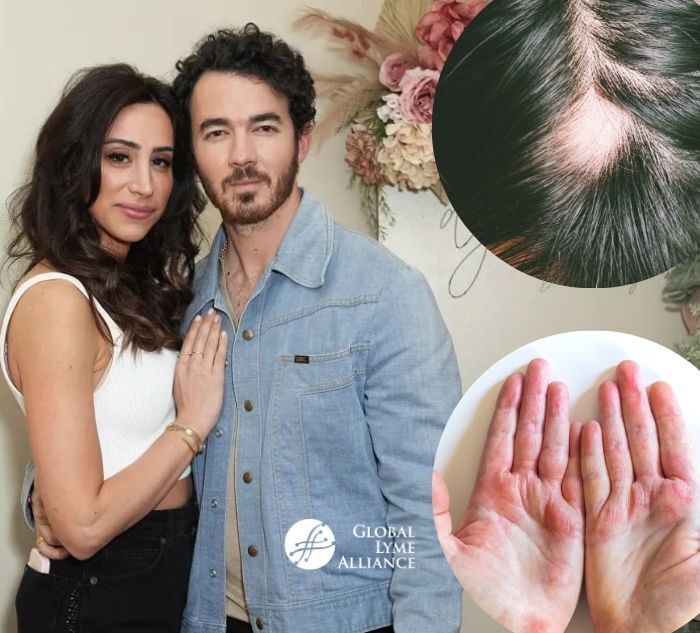.png)
Every couple months, Lyme Warrior Jennifer Crystal devotes a column to answering your questions. Here are her answers to questions she is frequently asked.
Do you have a question for Jennifer? Email her at jennifercrystalwriter@gmail.com.
I started treatment for Lyme, and now I feel worse! Is this normal?
Yes. As strange as it may sound, this is actually a good sign. It means the medication is working. What you’re experiencing is called a Herxheimer reaction: the antibiotics are killing off bacteria faster than your body can eliminate them, making you feel worse before you feel better. While Herxheimer reactions—often referred to as a “herx”—are tough to deal with, they usually don’t last too long. The first time I had one, my doctor told me to “stay the course”, and I’m glad I did. If your herx is unending or unbearable, you may want to talk to your doctor about “pulsing” your antibiotics—taking short breaks from them, or changing them.
I have mostly had neurological symptoms, but now I suddenly have fatigue and joint pain. Why did that happen?
Lyme bacteria, called spirochetes, are tricky. They spiral away from antibiotics in an effort to evade the treatment. This means they might burrow into new places, or they might move deeper into places they’ve already been. Without antibiotics, though, the spirochetes will eventually get to all those places and then some, without anything fighting them off. Eventually the antibiotics will win out, but in the meanwhile, you may experience new symptoms. Fatigue is especially common, because your body is laden with bacteria that is being killed off (a good thing!), and because your body is working so hard to fight the infection.
Spirochetes also love to hide out in scar tissue. If you’ve had an injury to a particular joint, you may feel more swelling or pain in that area than others. I tore my ACL a few years before I started Lyme treatment. The rehabilitation took much longer than expected because Lyme was living in the scar tissue around the knee. I’ve also had intense migraine headaches over my left eye. I had several surgeries on both eyes as a child, and my doctor suspects I have more scar tissue around the left, causing focalized pain.
Be sure to tell your doctor about new symptoms—especially if you develop neurological impairments that you never had before, as this could be a sign that the infection has crossed the blood-brain barrier. It helps to keep a daily log so that you can track your symptoms and accurately report them to your doctor.
I have spoken with many people with chronic Lyme disease who were on years of antibiotics and did not do well until going a natural route. Do you think it’s possible to treat Lyme disease without antibiotics?
My short answer is no. The long answer is that everyone has a different experience and reacts differently to treatments. Some people only get well with antibiotics. Some people start on antibiotics and then add or switch to naturopathic treatments. As I’ve said in the past, it all depends how long a patient went undiagnosed, whether their Lyme is complicated by co-infections, whether the infections have crossed the blood-brain barrier, and how a patient’s immune system responds to various treatments. Only you and your Lyme Literate Medical Doctor (LLMD) can decide the best course of action.
In my experience, the naturopathic route alone did not treat Lyme. For me, it took a combination of Western and Eastern modalities. Lyme is a bacterial infection, and antibiotics kill bacteria. I would not treat other bacterial infections, such as pneumonia or a urinary tract infection, solely with naturopathic remedies. I apply the same theory to treating Lyme. I take homeopathic supplements to help boost my immune system, replenish nutritional depletion, and augment the work of pharmaceutical medication. I also rely on adjunct therapies such as neurofeedback and Integrative Manual Therapy.
However, none of these therapies would have helped on their own. Before being diagnosed with Lyme, I was seeing a naturopathic physician who treated me with Chinese herbs, dietary restrictions, and acupuncture. After two years of these treatments, I showed only nominal improvement. That was because there was an underlying bacterial infection that wasn’t being adequately treated. It was the naturopathic physician who recommended I see a Lyme specialist; he knew he’d maxed out his ability to help me, so he sent me to someone else who could. That, in my opinion, is the sign of a good doctor.
How do you live out in the great outdoors without fear of reinfection? My fear of this is all-consuming. I used to be an outdoorsy person, and now I’m scared to walk on grass. A sidewalk littered with leaves makes me so overwhelmed that I’ll walk in the street.
This a great question that merits its own post, coming soon. Stay tuned!
The above material is provided for information purposes only. The material (a) is not nor should be considered, or used as a substitute for, medical advice, diagnosis, or treatment, nor (b) does it necessarily represent endorsement by or an official position of Global Lyme Alliance, Inc. or any of its directors, officers, advisors or volunteers. Advice on the testing, treatment or care of an individual patient should be obtained through consultation with a physician who has examined that patient or is familiar with that patient’s medical history.

Jennifer Crystal
Writer
Opinions expressed by contributors are their own. Jennifer Crystal is a writer and educator in Boston. Her work has appeared in local and national publications including Harvard Health Publishing and The Boston Globe. As a GLA columnist for over six years, her work on GLA.org has received mention in publications such as The New Yorker, weatherchannel.com, CQ Researcher, and ProHealth.com. Jennifer is a patient advocate who has dealt with chronic illness, including Lyme and other tick-borne infections. Her memoir, One Tick Stopped the Clock, was published by Legacy Book Press in 2024. Ten percent of proceeds from the book will go to Global Lyme Alliance. Contact her via email below.





-2.jpg)
